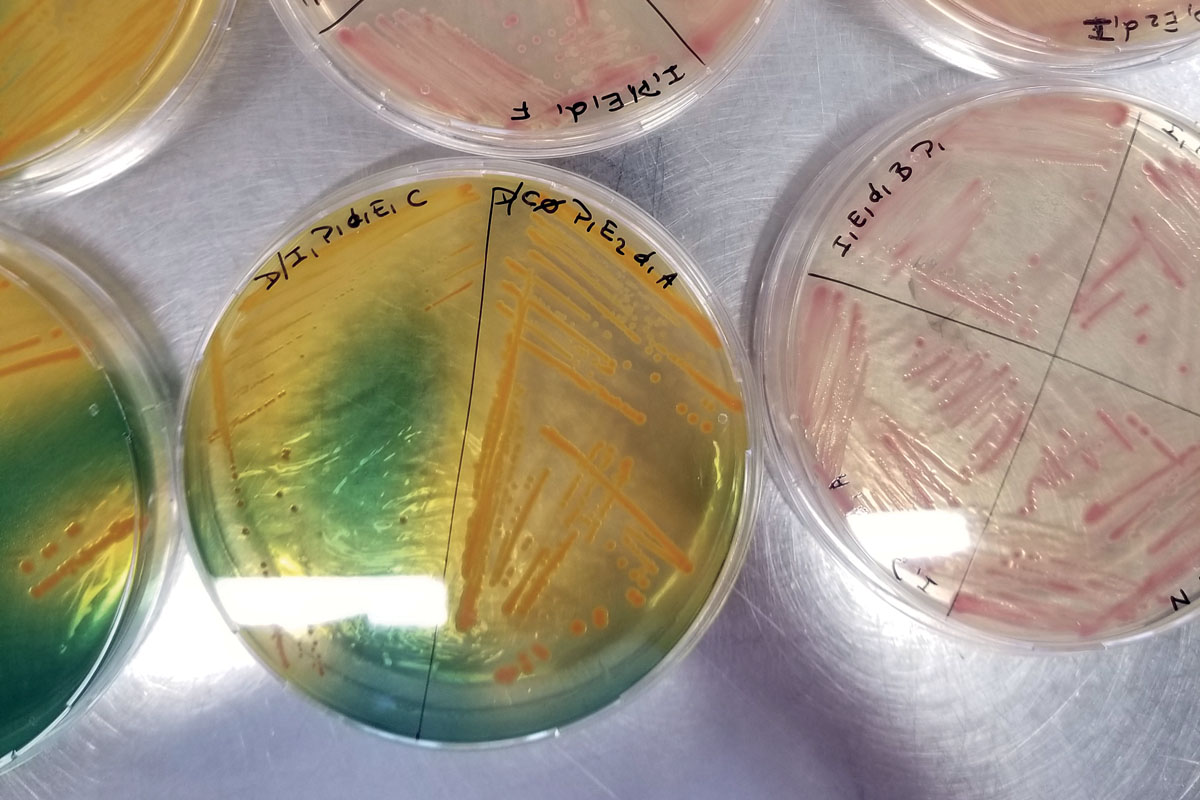[LUM#16] When the city lobbies
All ecosystems are marked by the imprint of man, and the bacterial communities of our rivers are no exception. Researchers have observed the presence of antibiotic-resistant bacteria in rivers that flow through cities. This "urban pressure" is particularly evident in the Lez river in Montpellier.

They are naturally present by the millions in the waters of our rivers, representing an essential link in the aquatic ecosystem: bacteria. And they, too, are impacted by human activity, as Patricia Licznar-Fajardo's research has shown. The researcher from the Hydrosciences Montpellier laboratory* studied the bacterial communities of the Lez, Verdanson and Font d'Aurelle rivers, which flow through the greater Montpellier area. " We were able to follow the entire continuum from the karstic source of the Lez to the lagoons, enabling us to assess the impact of urbanization on the bacterial communities of these rivers", explains the specialist.
Shuttle
With her colleagues, she researched emerging antibiotic resistance. " We found that many indigenous bacteria, i.e. those naturally present in water, were antibiotic-resistant. How did they acquire this ability? While most waterborne bacteria are naturally resistant to antibiotics, some are directly linked to human activities. " Initially, resistance is often acquired in the digestive microbiota of patients undergoing antibiotic treatment, then these "human" bacteria that have become resistant are eliminated in the faeces, and some end up in the natural environment", explains Patricia Licznar-Fajardo.
There, they encounter the bacteria naturally present in rivers. " These organisms are capable of exchanging genes with one another, so that bacteria released into the water by man can transfer the gene conferring resistance to indigenous bacteria, which can then transfer it back, in other words, act as shuttles," explains Patricia Licznar-Fajardo.
One health
And the researchers found more resistant or even multi-resistant bacteria in urban environments and downstream of the city than at source. " We also observed a variation in community composition along the continuum, with an enrichment in human and potentially pathogenic bacteria", adds the specialist. The cause? Urban runoff, wastewater, overflows linked to heavy rainfall events, human activities, hospital activities. ..". The city has a major impact on bacterial communities and their resistance; in particular, we found more resistance downstream from the hospital", notes the researcher.
These results are all the more worrying given that this phenomenon represents a major public health issue. We need to take better account of the role of the environment in antibiotic resistance," concludes Patricia Licznar-Fajardo, "and this is what is at stake in the One Health approach, which considers human, animal and environmental health as a single health issue.
* HSM (UM - CNRS - IRD)
UM podcasts are now available on your favorite platforms (Spotify, Deezer, Apple podcasts, Amazon Music...).